When you walk through the ancient streets of Cagliari, it honestly feels like you’re stepping right into a living history book. This gorgeous Mediterranean city began as a Phoenician settlement around 800 BC, and it’s changed hands and cultures so many times over the centuries. Now, Cagliari stands as the proud capital of Sardinia, an island region of Italy with a heritage that’s unmistakably its own—so different from the mainland.
I remember falling in love with Cagliari’s golden buildings climbing up from the turquoise Gulf of Cagliari the very first time I saw it. The city wears its history openly—from Roman amphitheaters to Pisan towers and Spanish-style facades. What really grabs me is how this port city has kept its strategic importance alive since ancient days.
My favorite thing about Cagliari? It’s how its multicultural past keeps shaping its modern identity. You can wander through Castello’s medieval quarter, all narrow, winding streets, and catch a vibe that mixes Italian charm with Sardinian tradition. The city manages to balance being a modern Mediterranean capital with honoring its Phoenician roots and all the civilizations that have called this coastal gem home.

From Phoenician Port to Sardinia’s Capital: A Storied Past
Cagliari’s journey from a trading post to Sardinia’s buzzing capital stretches back thousands of years. Every ruler left a mark on the city’s character, architecture, and culture.
Origins as a Phoenician Settlement
So, Cagliari’s story really kicks off at the end of the 8th century BC, when Phoenician seafarers landed here. I was genuinely fascinated to find out they picked this spot for its natural harbor and its key spot on Mediterranean trade routes.
They called their settlement Karalis, building it on the hill that’s now the Castello quarter. As I walked those ancient streets, I could almost see the Phoenician merchants unloading exotic goods from their ships.
Archaeologists have found evidence that the Phoenicians built a lively commercial hub here. They set up temples, trading posts, and infrastructure that laid the groundwork for one of the Mediterranean’s most important ports.

Influence of Carthage, Rome, and Beyond
After the Phoenicians, Carthage swept in and took over Cagliari, pushing the port’s development even further. Then the Romans arrived in 238 BC and changed everything.
When I visited, I checked out what the Romans left behind, like:
- The Roman amphitheater carved right into the hillside
- Ancient villas with intricate mosaics
- Bits of old roads and aqueducts
The Romans turned Karalis into Caralis and made it the island’s main city. They built massive public works and tied Sardinia into their empire.
After Rome fell, Cagliari saw new invaders—Vandals, Byzantines, and others. Each wave left its own stamp on the city’s evolving identity and look.
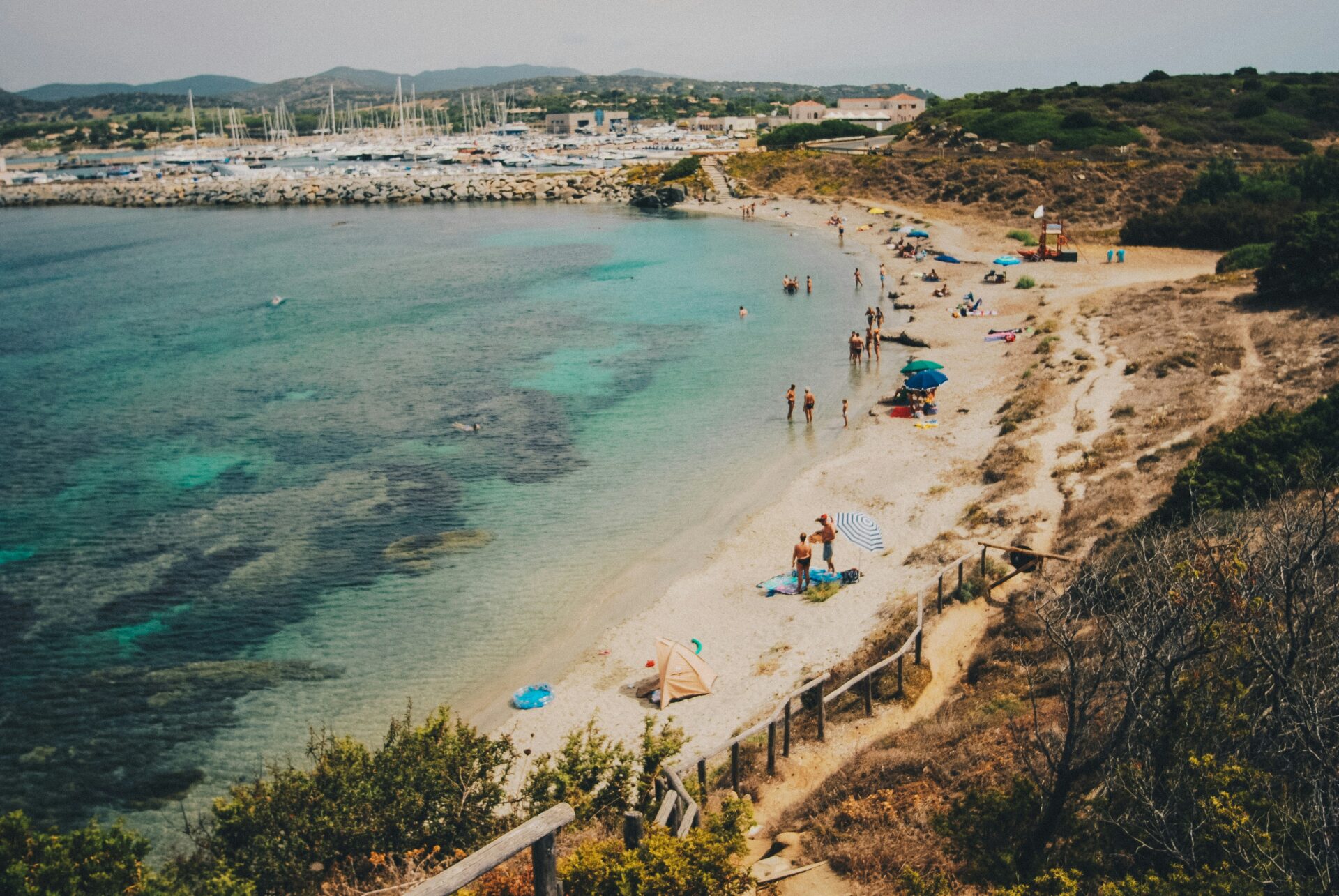
Transformation Through Medieval Powers
The Middle Ages brought new twists. In 1324, Cagliari became the capital of the Kingdom of Sardinia under Aragonese rule.
I spent ages exploring the thick walls and towers from this era. The medieval vibe in Castello still feels real, with winding streets opening onto little piazzas.
I was surprised to learn Cagliari stayed the kingdom’s capital for over 500 years, until 1848 when Turin took the title. Over that long stretch, Pisans, Aragonese, and then the House of Savoy all shaped the city.
The cathedral of Santa Maria, with its mash-up of architectural styles, kind of sums up how every ruling power layered something new onto Cagliari’s rich story.

Exploring the Ancient and Modern Cityscape
Cagliari really feels like a living museum. Ancient ruins sit right next to lively modern streets. The city stretches across seven limestone hills, so every neighborhood has its own story—Phoenician, Roman, Spanish, you name it.
Wandering Through Castello and the Historical Quarters
I always start exploring in Castello, the city’s medieval heart. Walking those narrow cobblestone streets, you step into a different era. The old city walls now frame some seriously stunning views of the harbor.
At sunset, the quarter’s white limestone buildings turn golden—locals call it “Cagliari of gold.” Bastione di Saint Remy is a must, with its huge limestone terrace and sweeping views of the city and sea.
Outside Castello, I love wandering the Marina quarter for its lively restaurants and shops. Stampace and Villanova each have their own feel. Villanova is all about colorful houses and artisan workshops, while Stampace is packed with religious architecture.
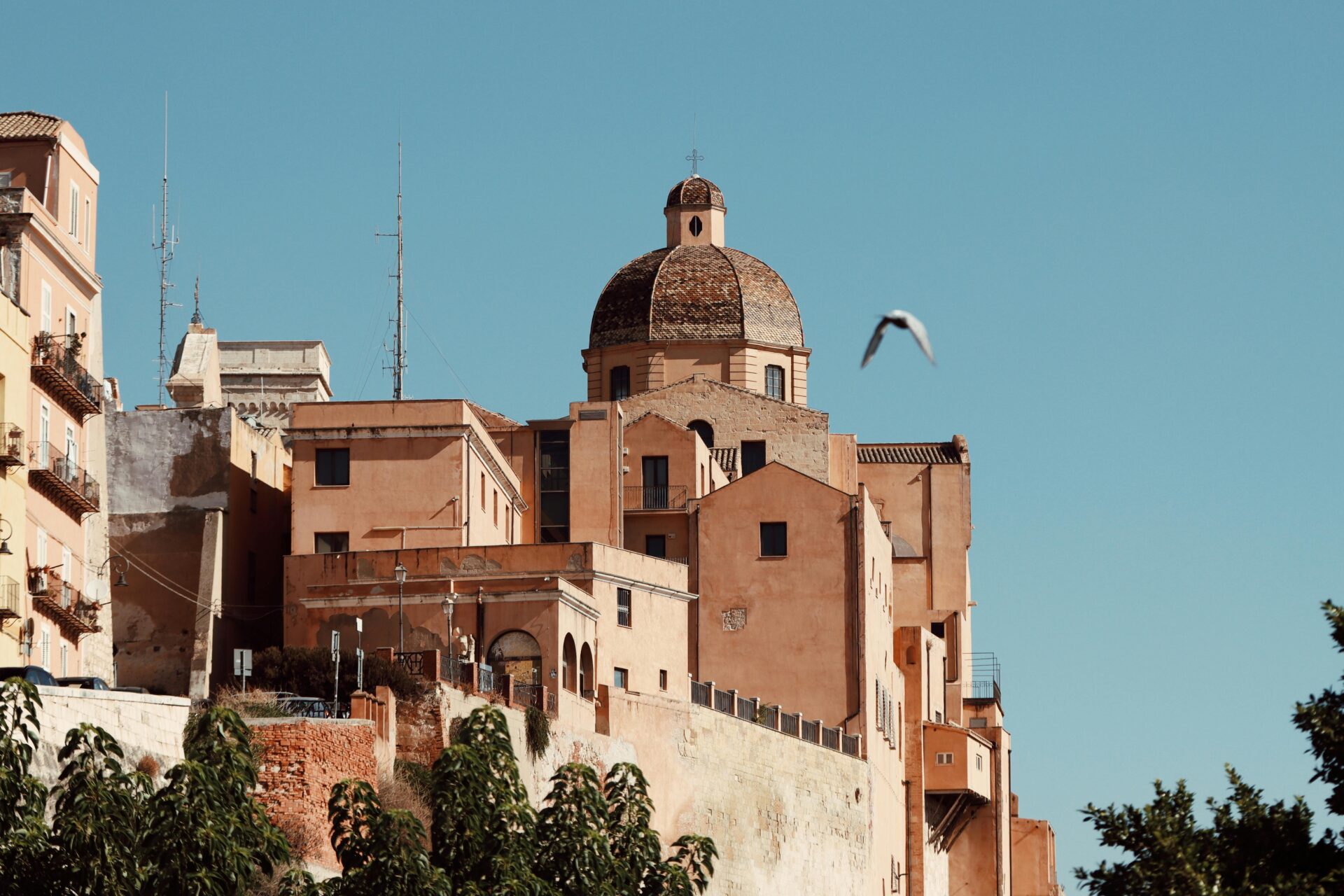
Archaeological Sites and Museums Not to Miss
The Archaeological Museum blew me away with its collection of Sardinian artifacts. Those bronze figurines and massive stone statues from the ancient Nuragic civilization are just wild.
Just outside the city, the ancient Phoenician city of Nora offers a glimpse into the past. Walking among the Roman mosaics, thermal baths, and the amphitheater with the sea as a backdrop is something I won’t forget.
Must-Visit Archaeological Sites:
- Roman Amphitheater, carved into the limestone hill
- Tuvixeddu Necropolis, one of the Mediterranean’s largest Punic burial grounds
- Chia archaeological area with its ancient watchtower
- Villa di Tigellio, with well-preserved Roman ruins

Iconic Landmarks: Basilica of San Saturnino
The Basilica of San Saturnino stands as Cagliari’s oldest church and one of Sardinia’s top early Christian sites. They built it in the 5th century over the burial place of the city’s patron saint, and its Byzantine architecture always fascinates me.
The basilica’s cross-shaped layout and ancient Roman columns tell the story of Cagliari’s religious journey. I find the peaceful atmosphere inside and in the garden courtyard especially calming.
The church survived centuries of invasions, though it took a hit during WWII bombings. These days, it’s beautifully restored. If you go early in the morning, sunlight streams through the old windows, lighting up the sacred space where people have worshipped for over 1,500 years.
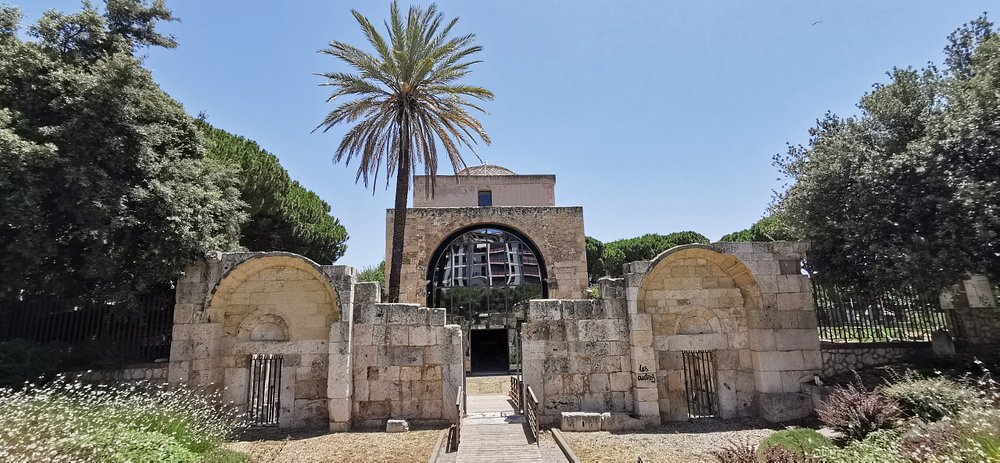
Mediterranean Flavors: Food and Culture
Cagliari’s food scene is a real blend of Italian and Mediterranean flavors, shaped by centuries of mixing cultures. The city’s cuisine tells the story of its past and gives you a taste of real Sardinian life.
Sardinian Cuisine and Local Specialties
Cagliari’s food is a mix of Genoese and Catalan influences. Seafood dominates, not surprisingly, since the city hugs the coast. Every day, fresh catches from the Mediterranean show up on menus all over town.
I couldn’t get enough of pane carasau—a thin, crispy flatbread Sardinians have been baking for ages. Usually, they serve it as an appetizer with olive oil and salt.
If you love meat, you have to try the slow-roasted suckling pig (porchetto). It really shows off the island’s pastoral side. Locals also take pride in their pecorino cheese, which ranges from mild to super sharp.
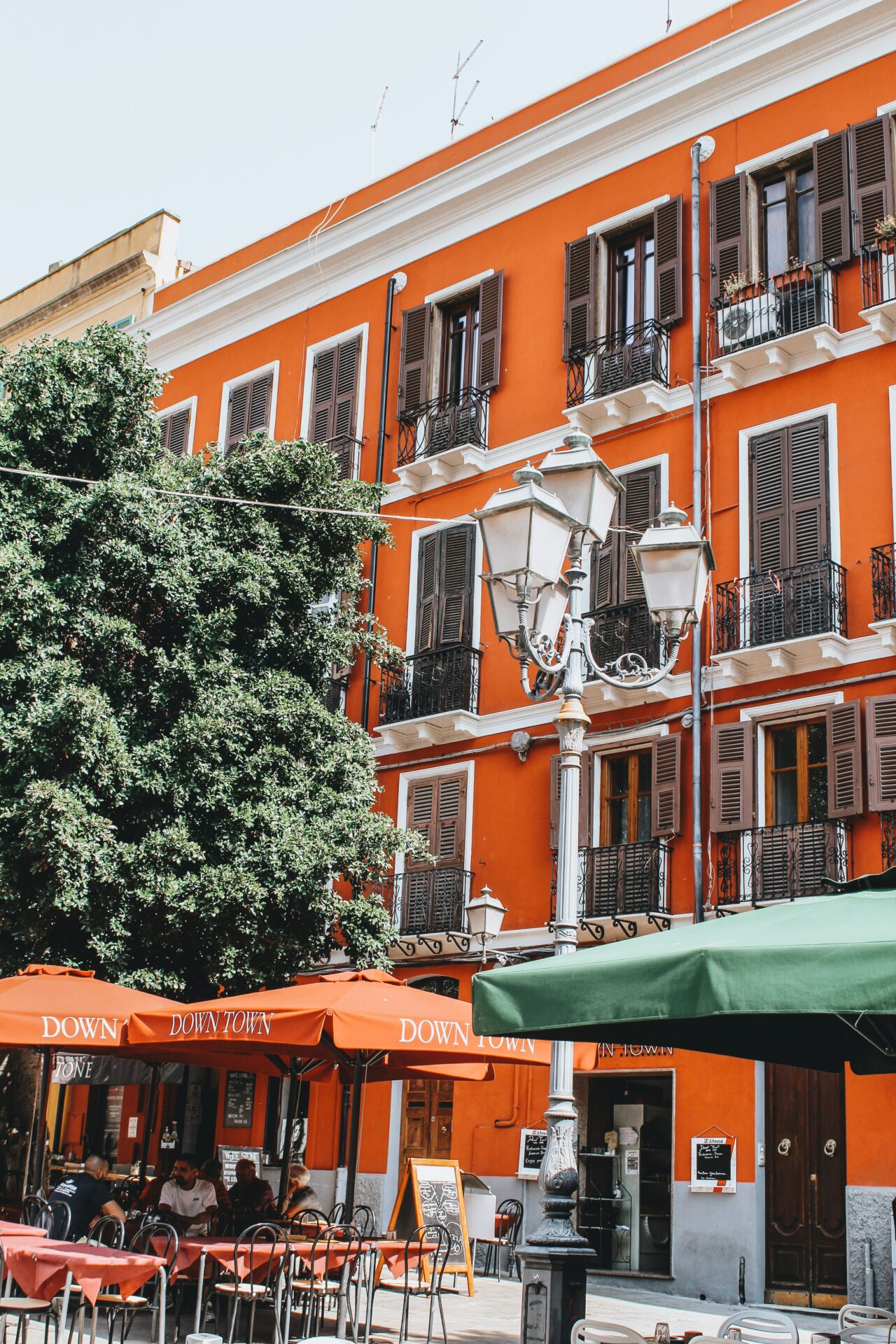
Where to Experience Authentic Mediterranean Life
San Benedetto Market gave me the most genuine food experience in Cagliari. Locals shop here every day for fresh produce, seafood, and regional treats. I spent ages sampling cheeses and watching fishmongers at work.
For true local flavor, check out the Marina Quarter’s family-run trattorias. These small spots serve home-style Sardinian dishes perfected over generations.
The evening passeggiata along Via Garibaldi is a slice of daily life. Locals stroll, chat, and grab gelato or an aperitivo at sidewalk cafés.
Beach clubs on Poetto Beach offer another side of Mediterranean culture, where food, sun, and socializing all come together on Sardinia’s gorgeous coast.
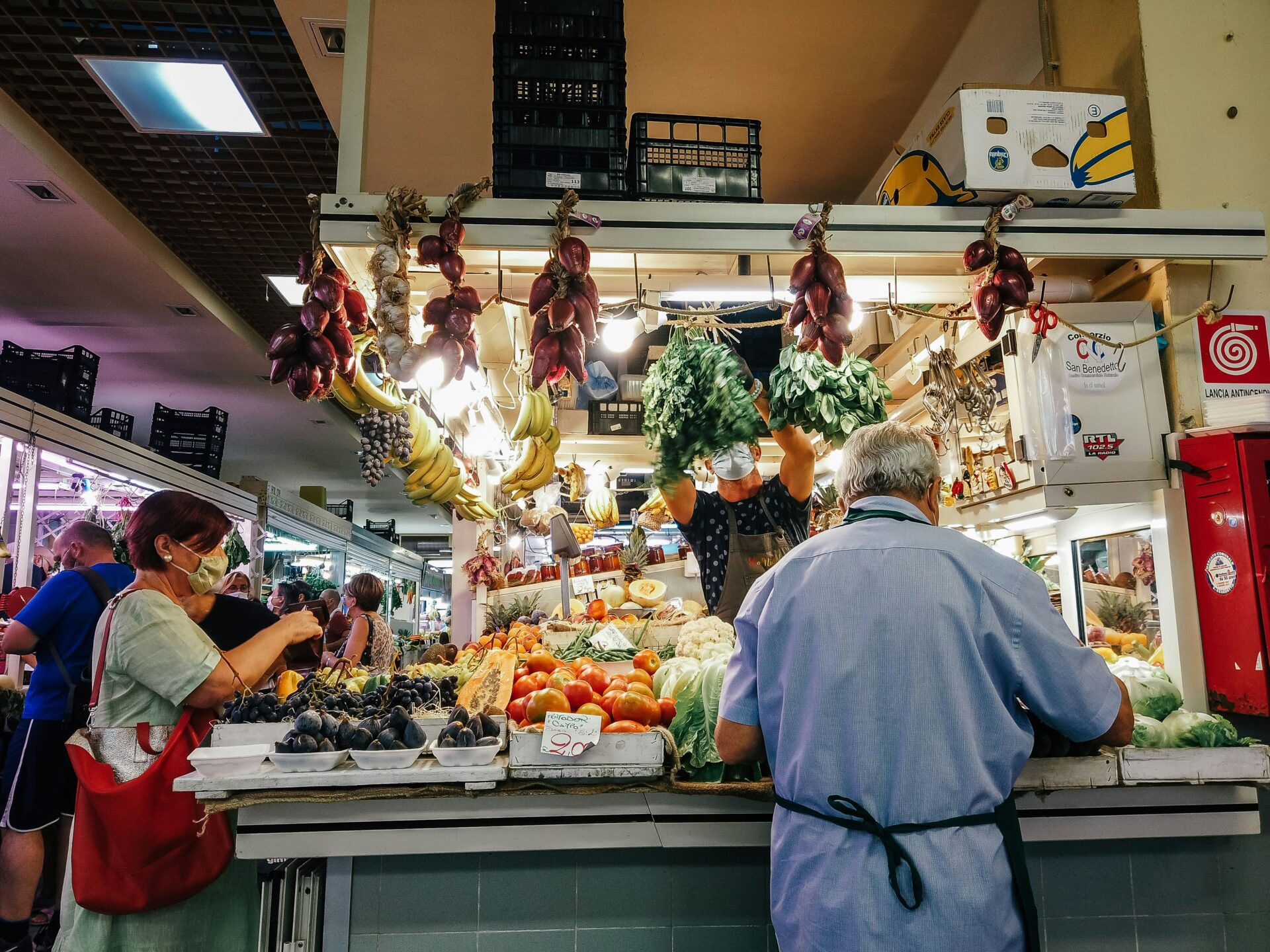
Around Cagliari: Day Trips and Seasonal Events
Cagliari itself has plenty to see, but the surrounding areas show off Sardinia’s coastal beauty and vibrant traditions. The region really comes alive with natural wonders and festivals that celebrate true Sardinian culture.
Coastal Gems: Nora, Chia, and Beyond
Start with Nora, about 30 kilometers southwest of Cagliari. This ancient Phoenician port has incredible Roman ruins right by the sea. Walking among the old theater and mosaics, with waves crashing nearby, feels magical.
Chia’s beaches are jaw-dropping. The turquoise water against the white sand is just unreal. The main beach is lined with sand dunes and juniper trees, giving it a wild, untouched vibe.
For a quieter spot, head to Villasimius and its protected marine area. The little coves along this coastline are perfect for peaceful days, and locals often escape here in summer.
You can reach most places by public bus, but honestly, renting a car gives you the freedom to find hidden gems.
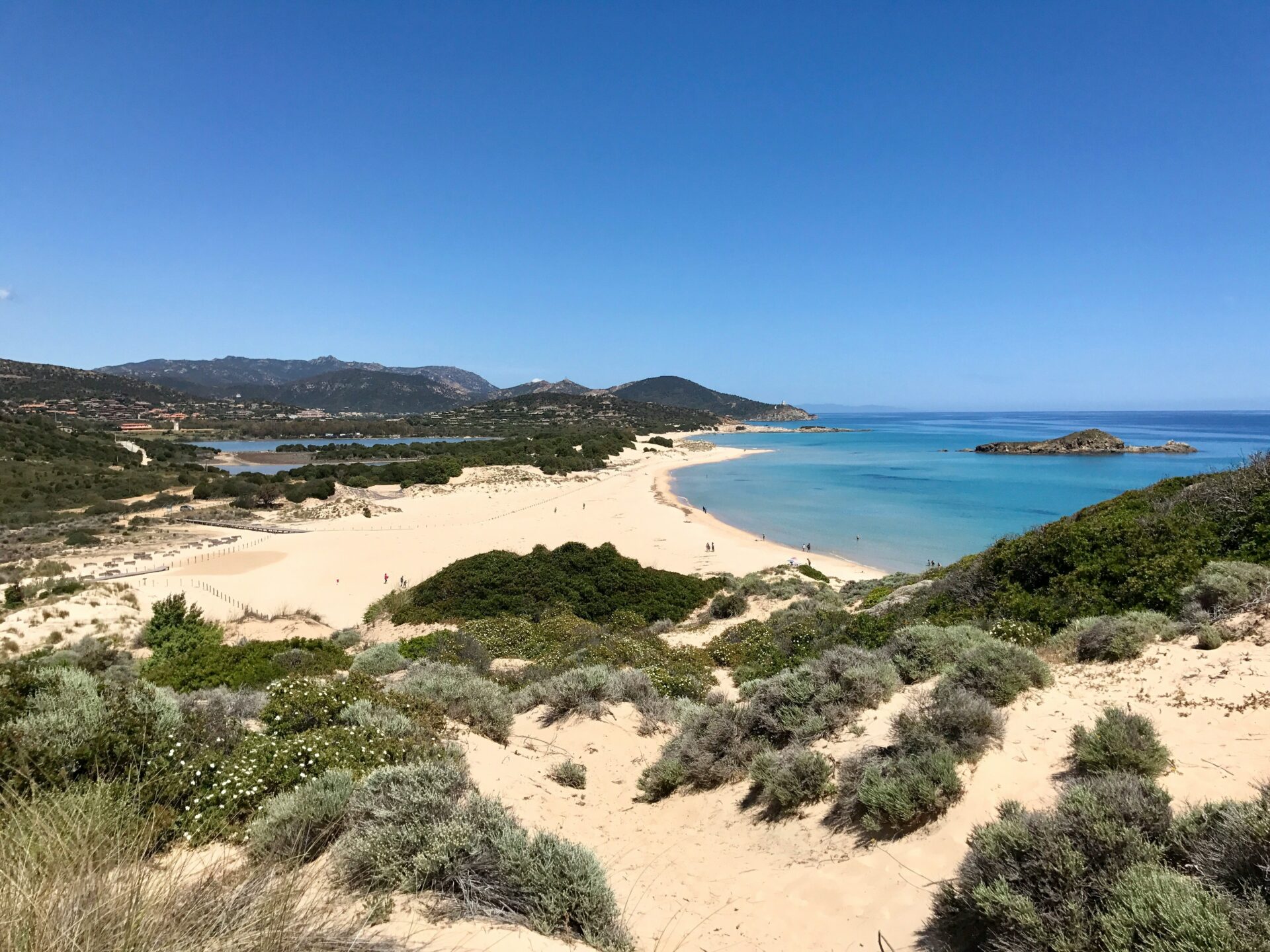
Festivals and Pilgrimages That Bring the City Alive
Sant’Efisio Festival is the one event you shouldn’t miss. Every May 1st since 1657, the city honors its patron saint with a huge, colorful procession. Thousands dress in traditional costumes and parade through the streets.
In autumn, check out “Autunno in Barbagia” in the mountain villages. These open-house festivals are all about crafts, food, and music. I tasted real Sardinian dishes and watched artisans at work.
The Feast of Santa Maria in September transforms Poetto Beach into a lively pilgrimage spot. Locals gather for bonfires, music, and seafood feasts under the stars.
Winter brings its own charm, especially at Christmas when the city lights up with displays and markets selling traditional sweets and crafts.
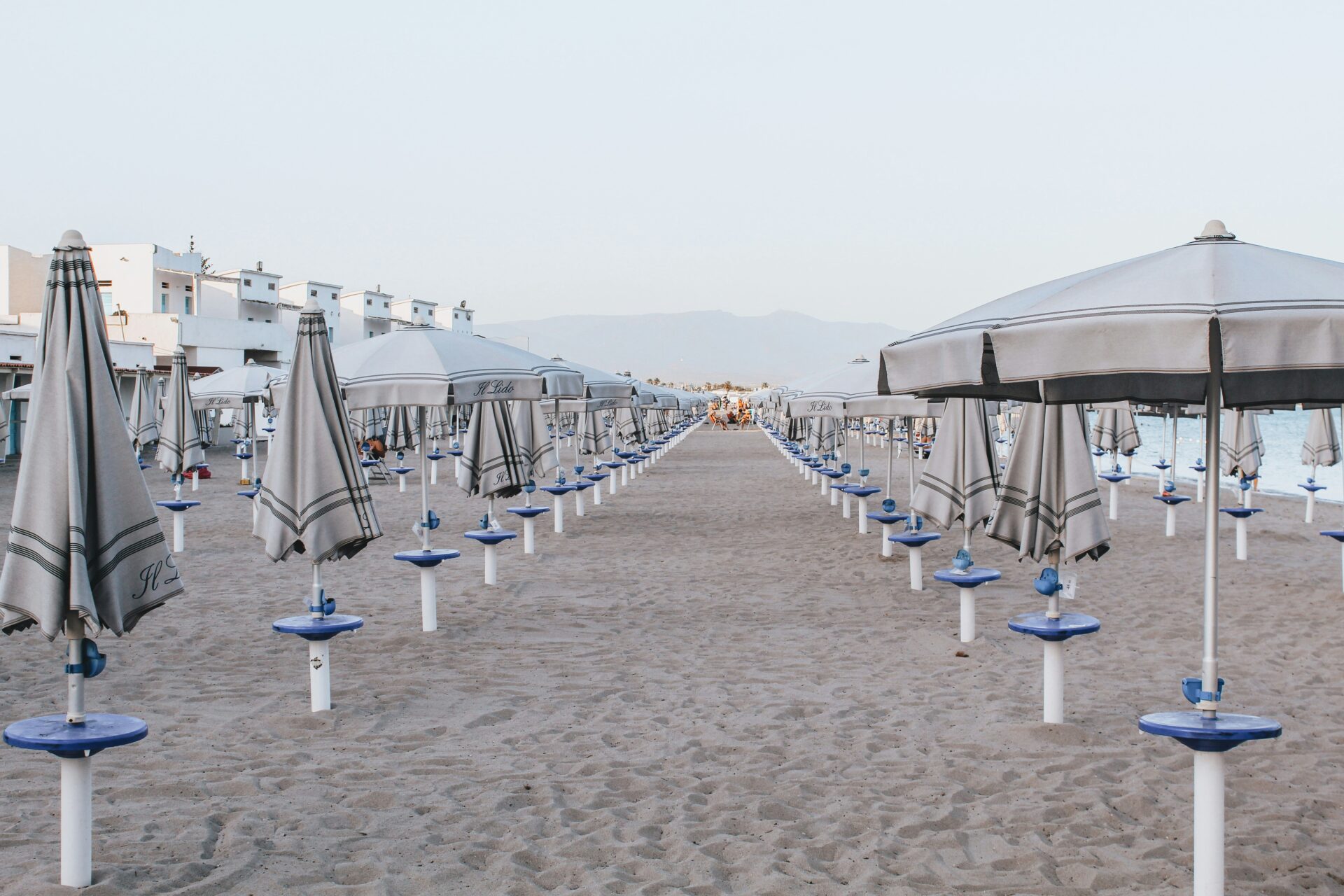
Practical Insights for Travelers
Getting around Cagliari is easier than you might think. The city has efficient public transport and walkable historic areas, so exploring is genuinely enjoyable.
Getting Around and Travel Tips
Cagliari is compact, making it one of Italy’s most accessible capitals. Grab a map from the tourist office near the port—it highlights the four historic quarters.
Public buses run often, and a single ticket costs about €1.30. If you plan to hop around, pick up a day pass (€3.50) at any tabacchi shop with a “T” sign.
I usually walk in the centro storico. Since the city sits on seven hills, comfy shoes are a must! The free Cagliari Castello elevator connects the marina to the upper town and saves your legs.
Taxis are reliable, but they can get expensive. For beach trips, buses PF or PQ will get you to Poetto Beach in about 15 minutes.
If you’re wondering about the best time to visit, I’d go for May through October. September is perfect—fewer crowds, warm sea, and plenty of sunshine.
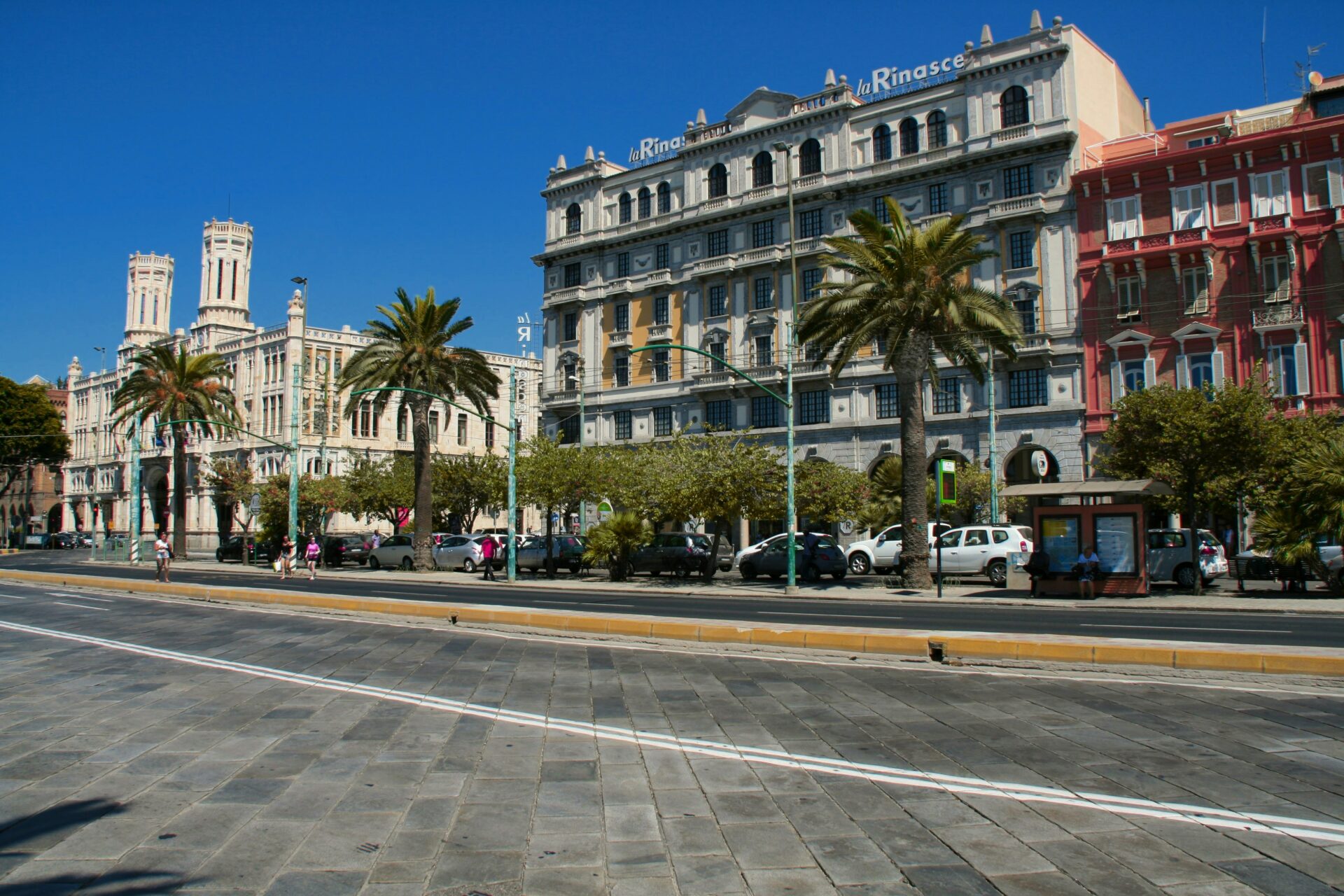
Connecting With Locals and Embracing Tradition
Sardinians take real pride in their unique culture and history. Sure, learning a few Italian phrases helps, but when you ask about Sardinian traditions, people tend to light up.
I love wandering through the San Benedetto Market in the morning. It’s a great place to bump into locals, and vendors usually enjoy chatting about their goods or tossing out a cooking tip or two.
Coffee here isn’t just a drink—it’s a ritual. Try standing at the bar with everyone else for your morning espresso. It’s cheaper, and honestly, you’ll get a better feel for daily life.
If you’re after a real taste of tradition, check out a festival. The Festival of Sant’Efisio on May 1st is wild—thousands dress up and parade through the streets.
Dining takes a different rhythm in Sardinia. Restaurants don’t open for dinner until 8pm, and locals stroll in even later. Waiting’s worth it, though, especially for seafood or local treats like culurgiones (stuffed pasta) and seadas (that honey-drizzled dessert you’ll dream about).

